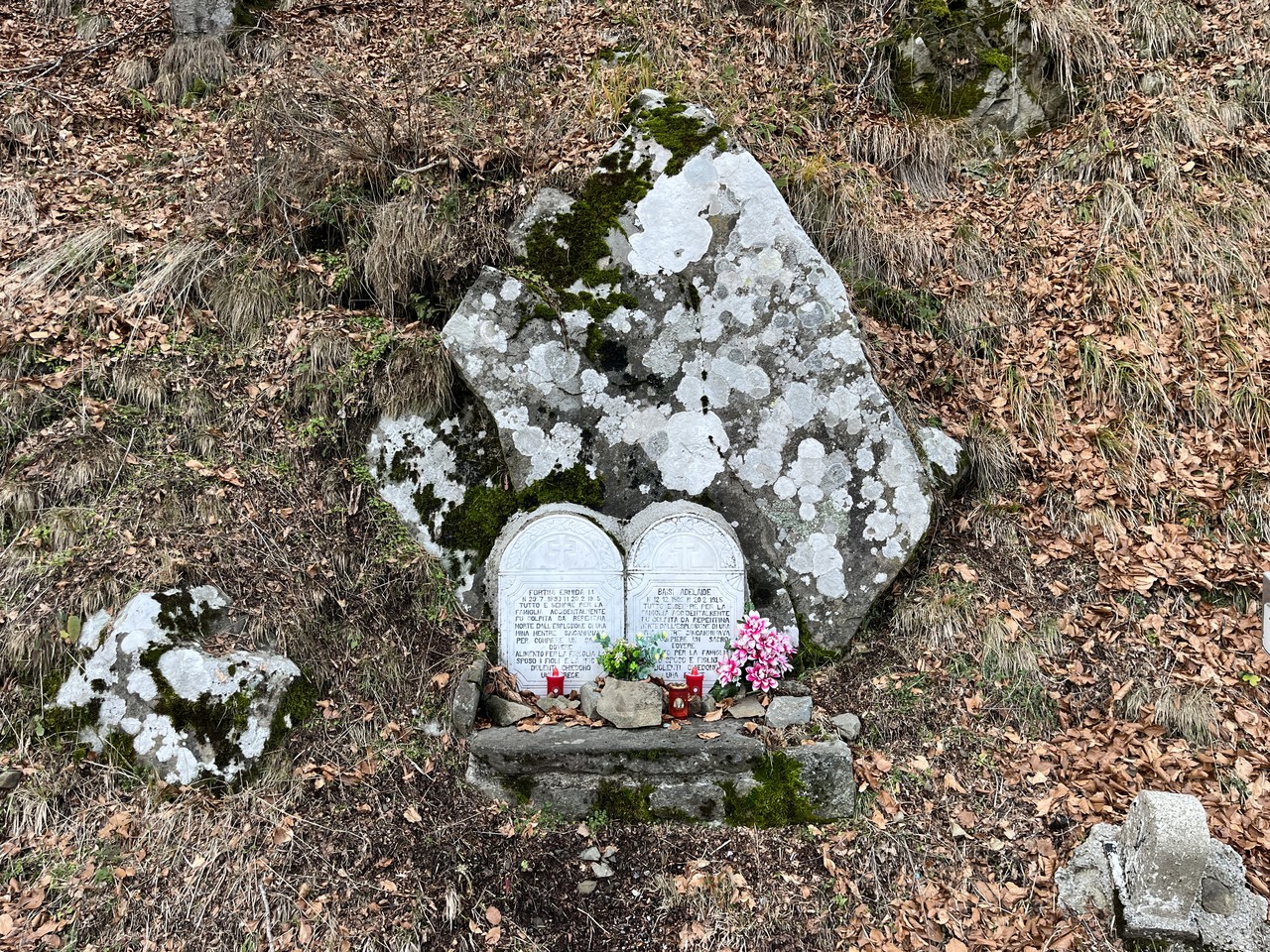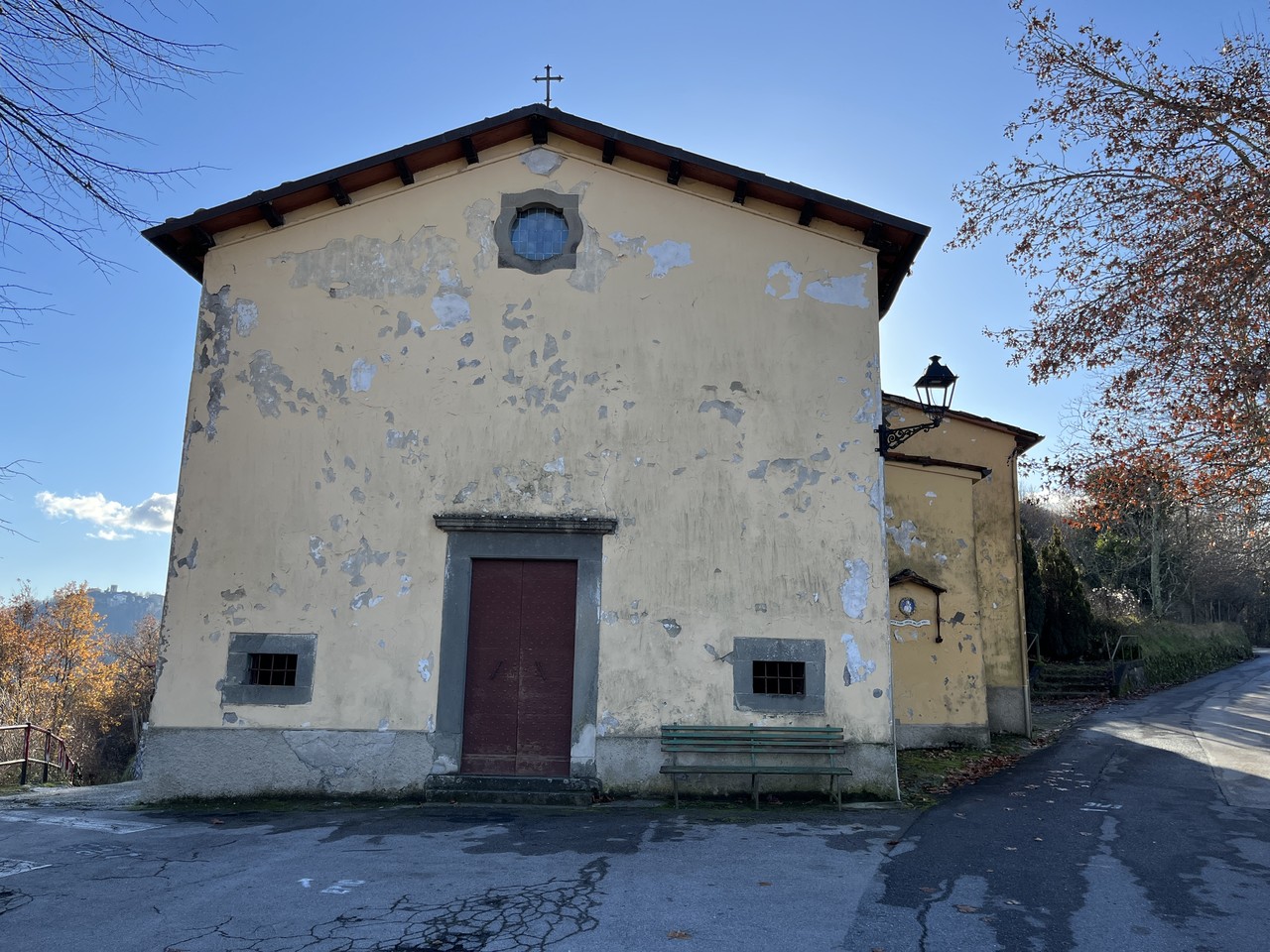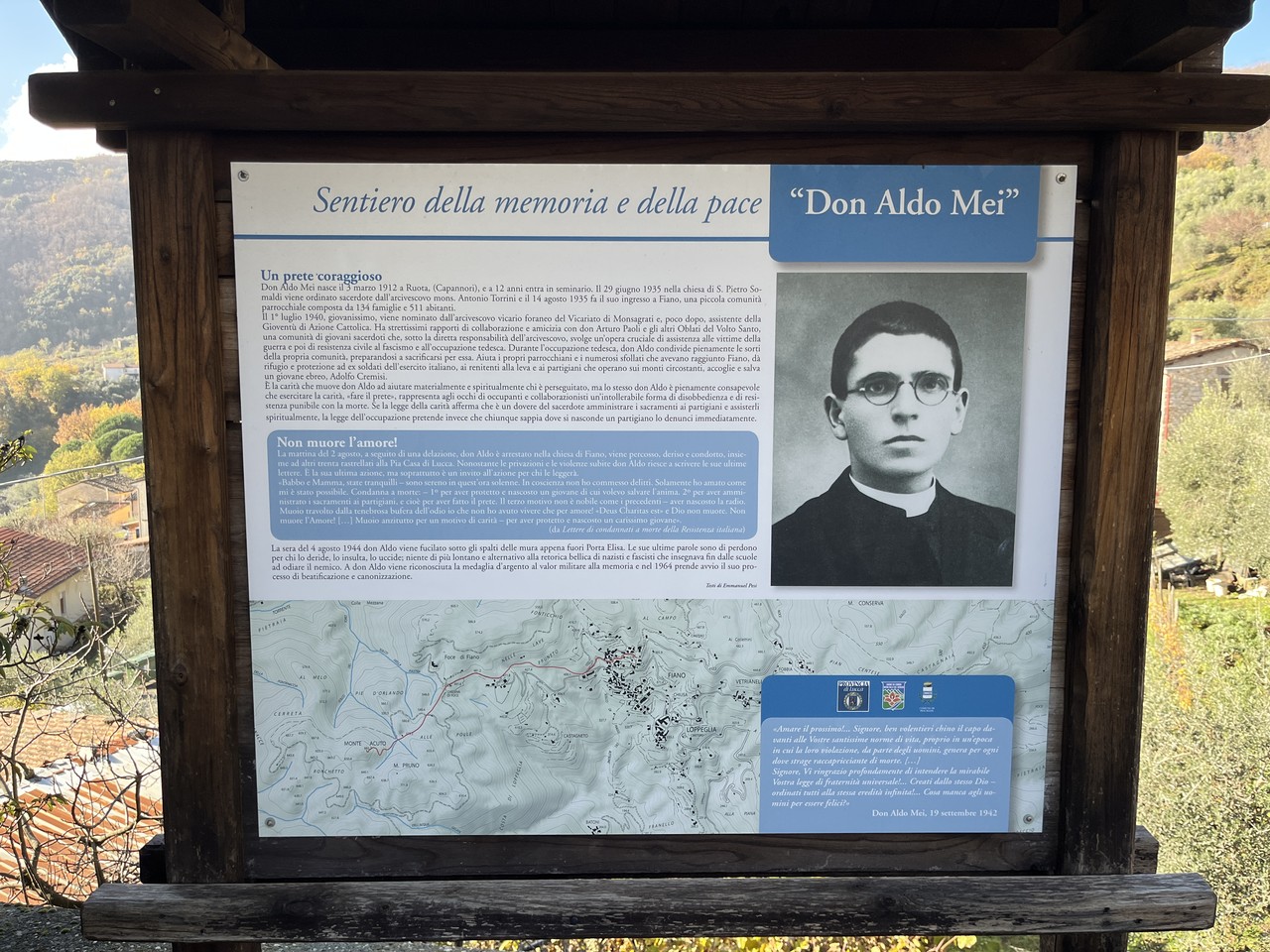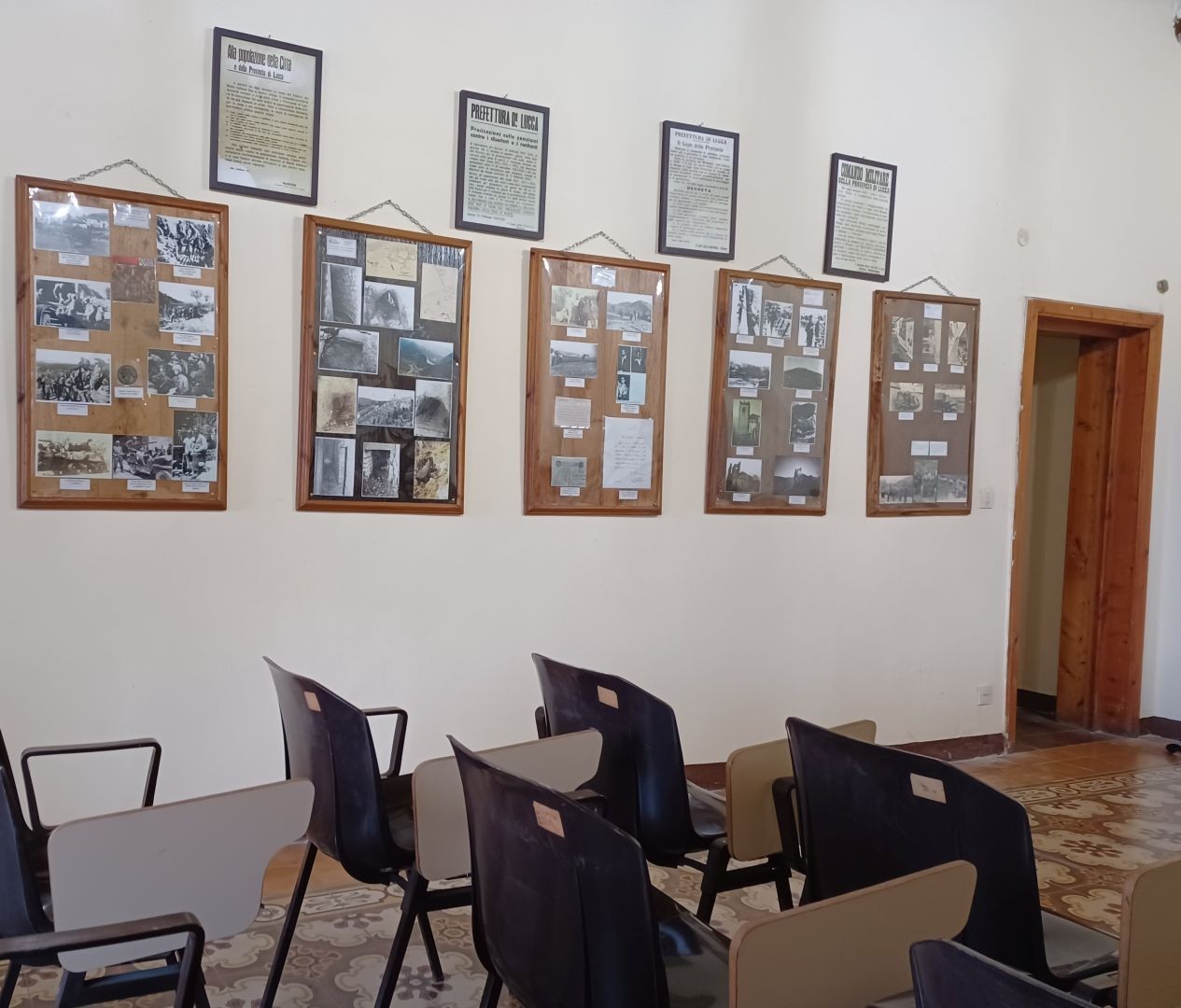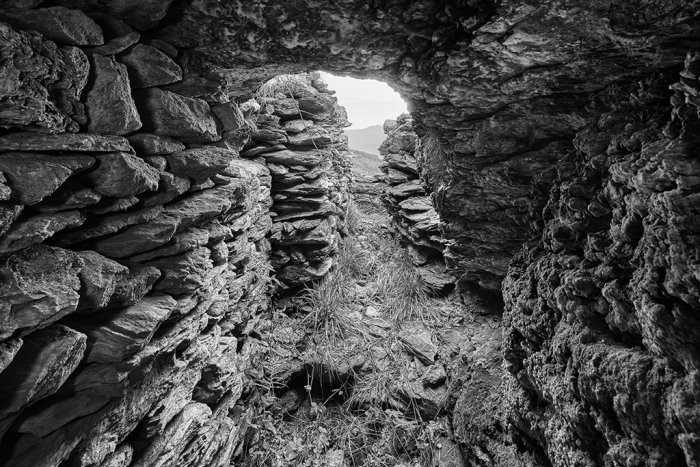This historical route retraces the main places of memory in Serchio Valley and Garfagnana, in the province of Lucca. It then leads to the Passo delle Radici and the border with Emilia-Romagna, in a route that winds its way through places of internment, museums, fortifications, memorial stones, monuments and plaques.
The presence of the Gothic Line and the Nazi German occupation marked the Lucca area between the Serchio Valley and Garfagnana between September 1943 to April 1945. The territory was deeply changed with the building of defensive structures, still preserved and which can be visited today. These include casemates, tunnels, anti-tank walls and fortifications. The German and Fascist armed forces organised roundups, arrests, and deportations, and carried out massacres of both civilians and partisans.
These episodes were joined first by fierce Allied bombardment and cannon fire, then by battles to conquer positions on the Gothic Line. These caused casualties and changed the daily life of the local civilian population. The role of the Resistance - particularly active in the Lucca area with the 'National Liberation Army XI Military Patriots Zone' commanded by Manrico Ducceschi - was effective in opposing the Nazi-Fascist, both militarily through armed operations, and strategically through acts of sabotage and information services to the Anglo-Americans.
The route starts at the recently renovated San Giusto di Brancoli Remembrance Museum, which houses materials, documents and photographs. It then reaches the tomb of Father Aldo Mei - buried at the Church of San Pietro Apostolo in Fiano di Pescaglia. A partisan and martyr of the Resistance, Father Aldo Mei's bloodied shirt, hat and glasses are preserved in a glass case. After a few kilometres, Borgo a Mozzano represents a unique case in the itinerary: it is possible to visit the Museum of Memory, the Gothic Line fortifications, the Devil's Bridge - spared from destruction -, the Socciglia labour camp memorial stone, and the memorial to partisan Pietro Pistis. The latter was a former Sardinian straggler soldier killed during an attempt to blow up a railway bridge. Going up the Serchio Valley, visitors arrive at Bagni di Lucca, where the former hotel Le Terme, now in decay, was the site of a concentration camp for Jews.
Sommocolonia was the village most affected by Operation Wintergewitter, an attempt by the German Army to weaken the Allied positions. Before reaching Castelnuovo, where memorial stones and plaques have been placed, be sure to notice the Memorial to the Fallen of the Italian Social Republic, a place of pilgrimage for right-wing extremists, located in the hamlet of Palleroso. Finally, on the ascent to the Passo delle Radici, visitors encounter the bridge dedicated to partisan Attilio Vergai, and the memorial stone in memory of two women who were killed by a mine blast.
